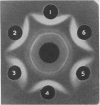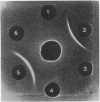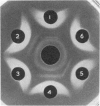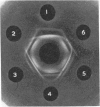Abstract
Since humoral anti-O antibodies play little part in protective immunity against cholera, and the infecting organisms remain limited in the gut, effective prophylaxis will require the production of active immunity in cells of the mucous membrane of the intestinal canal. It has not been possible to achieve this objective satisfactorily by injections of killed cholera cultures. In laboratory studies for a solution of the problem it has been shown that Vibrio cholerae and V. El Tor strains possess identical somatic antigens. El Tor vibrio strains isolated from surface water in an area free from cholera were found to be of low pathogenicity while retaining full antigenicity. Administration of these strains to mice and rabbits was shown to confer protection against subsequent challenge with both V. cholerae and pathogenic V. El Tor strains. On the basis of the data presented a case has been made for a viable vaccine prepared from a suitable non-pathogenic El Tor strain, for administration by the oral route. It may be expected that such a vaccine will establish an effective immunity through protection of the local susceptible cells of the intestines as a result of subclinical infection. The safety and protective value of the vaccine remain to be verified in human volunteers before it can be chosen for field trials.
Full text
PDF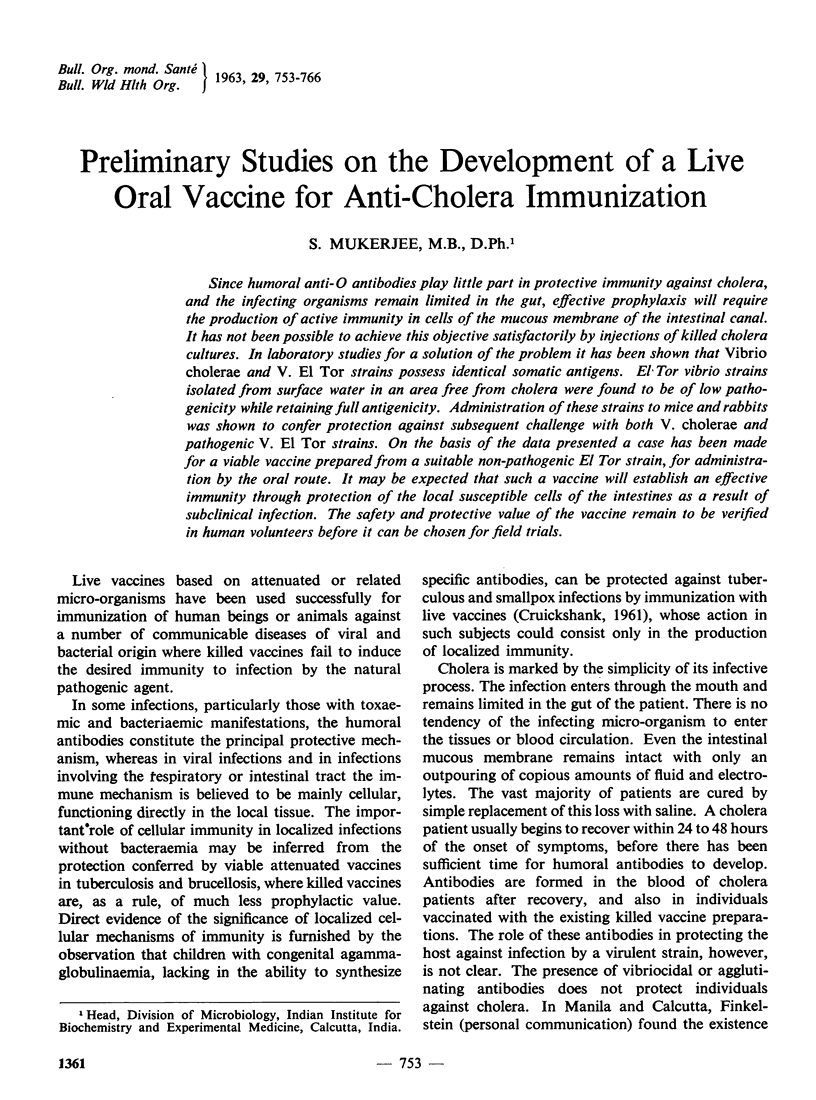
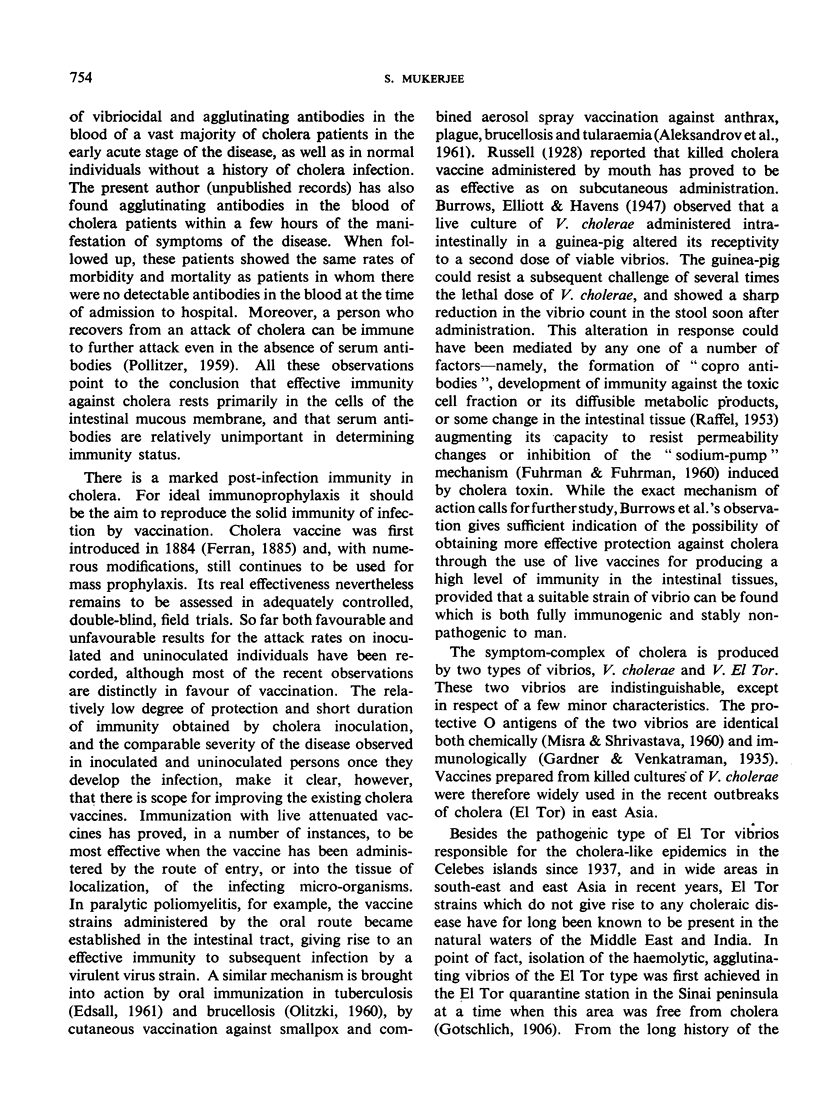
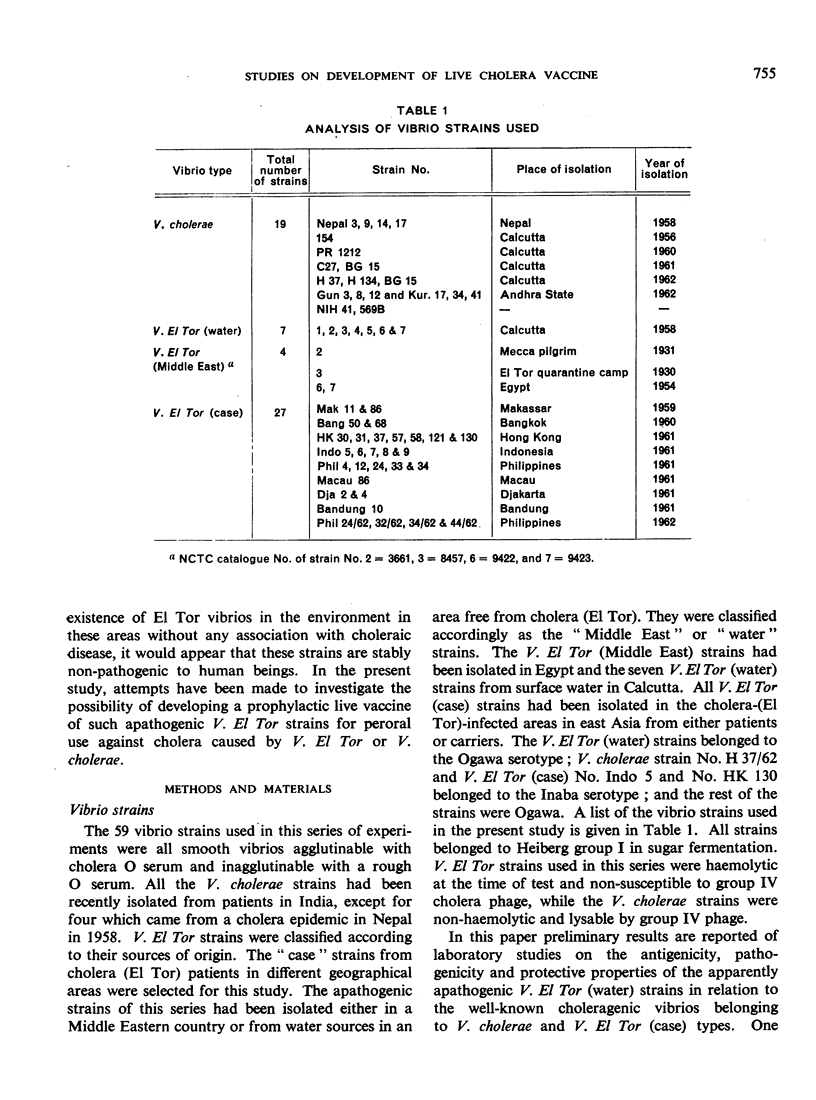
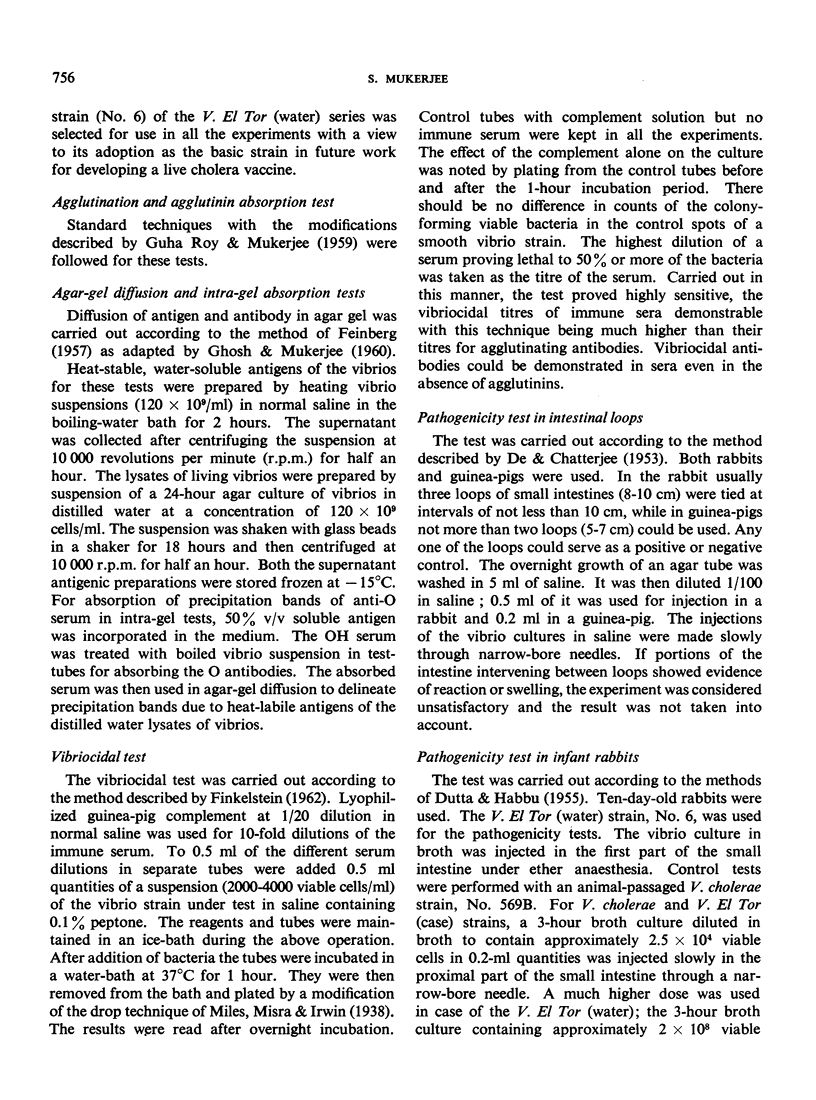
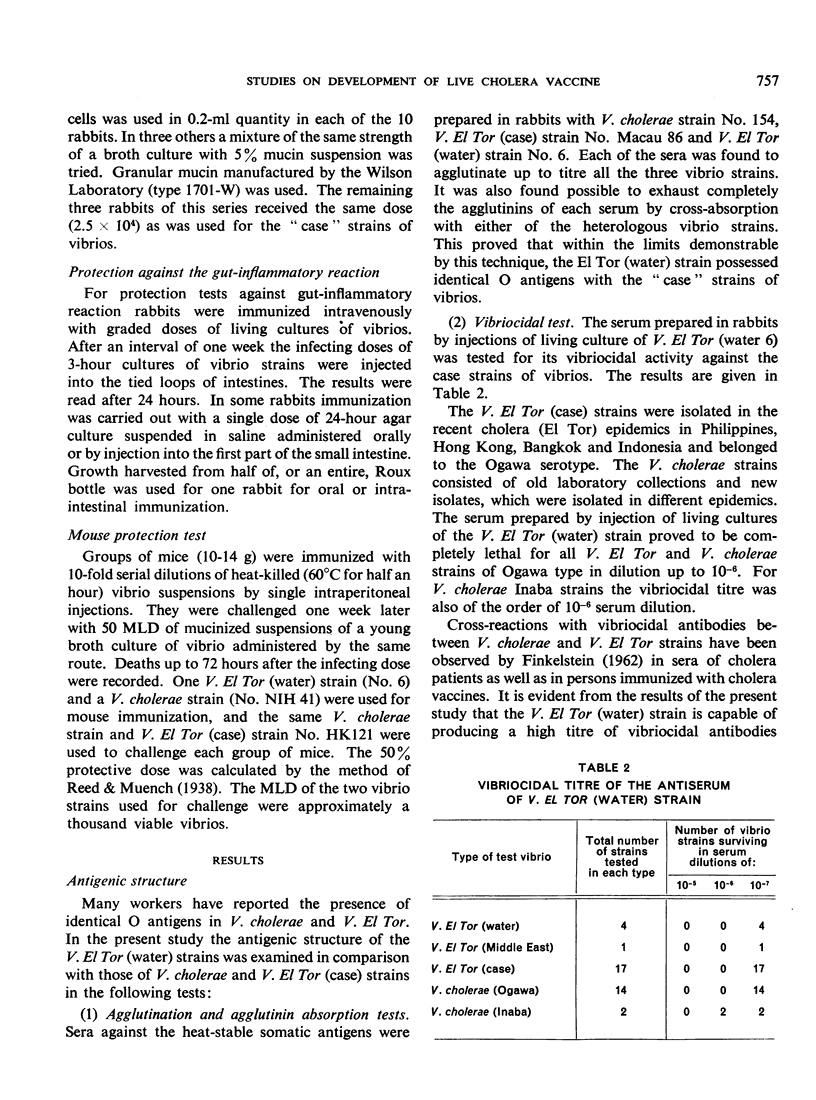
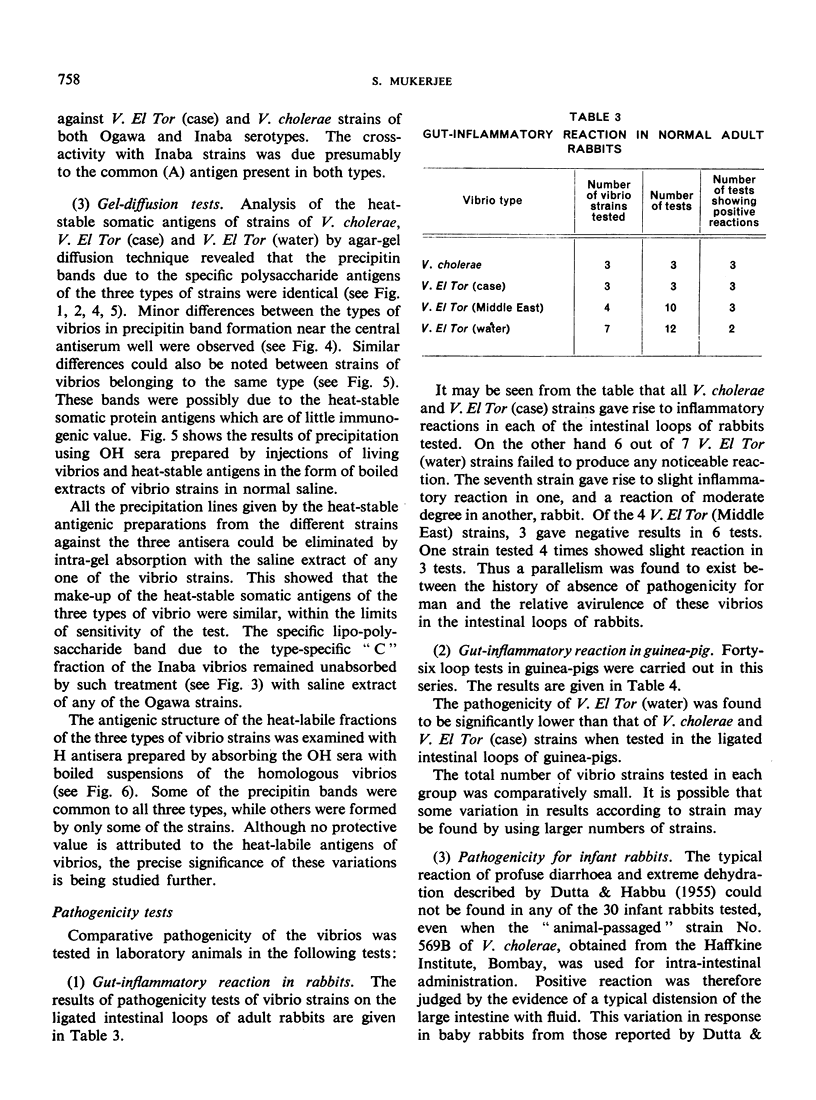
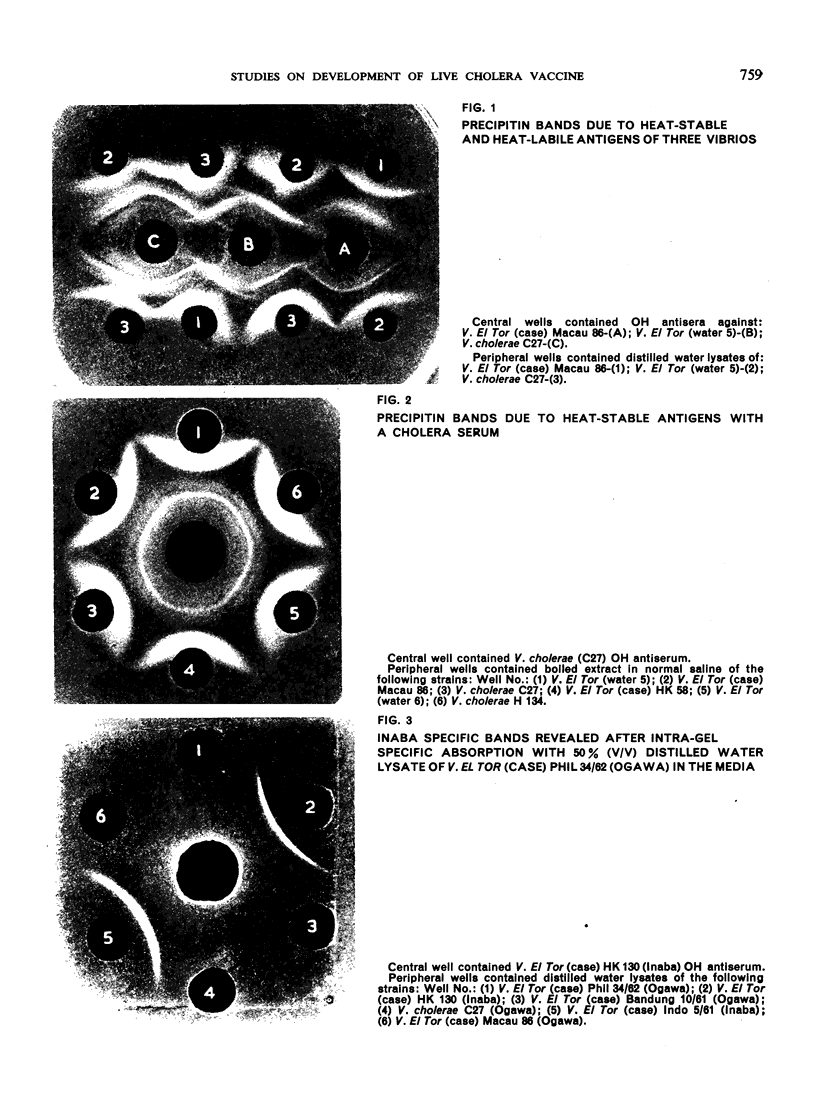
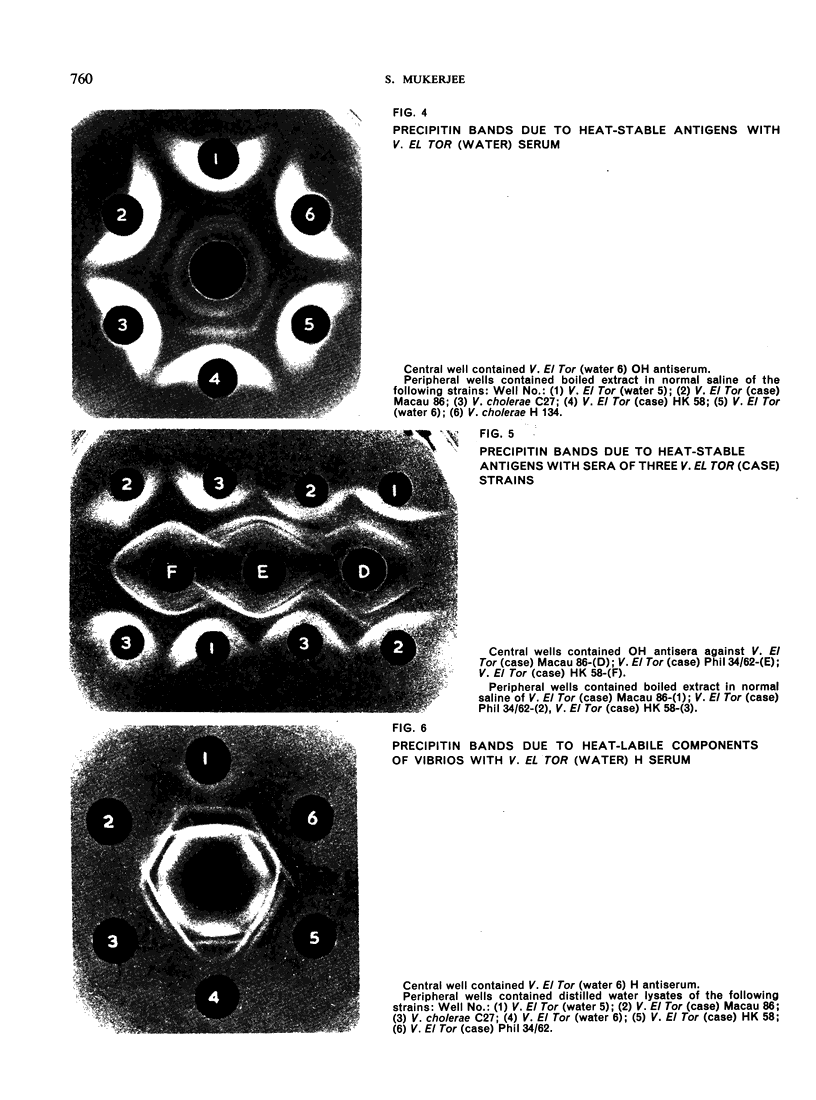
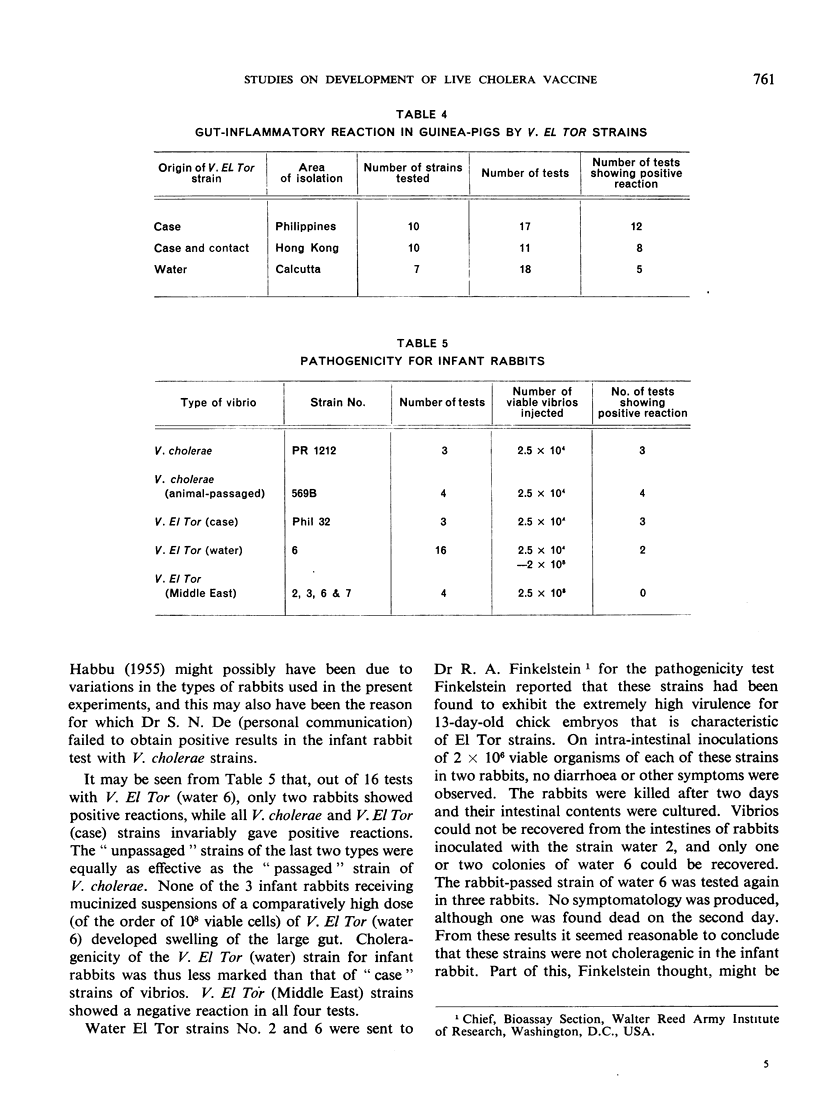
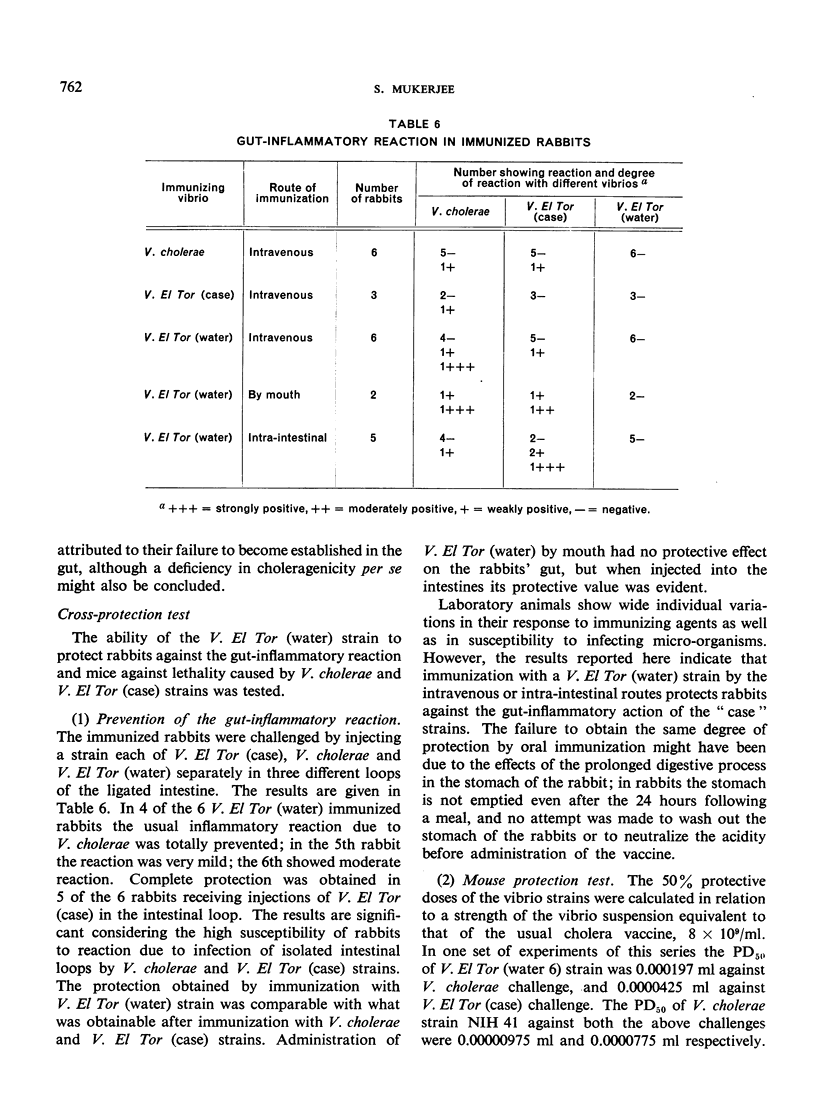
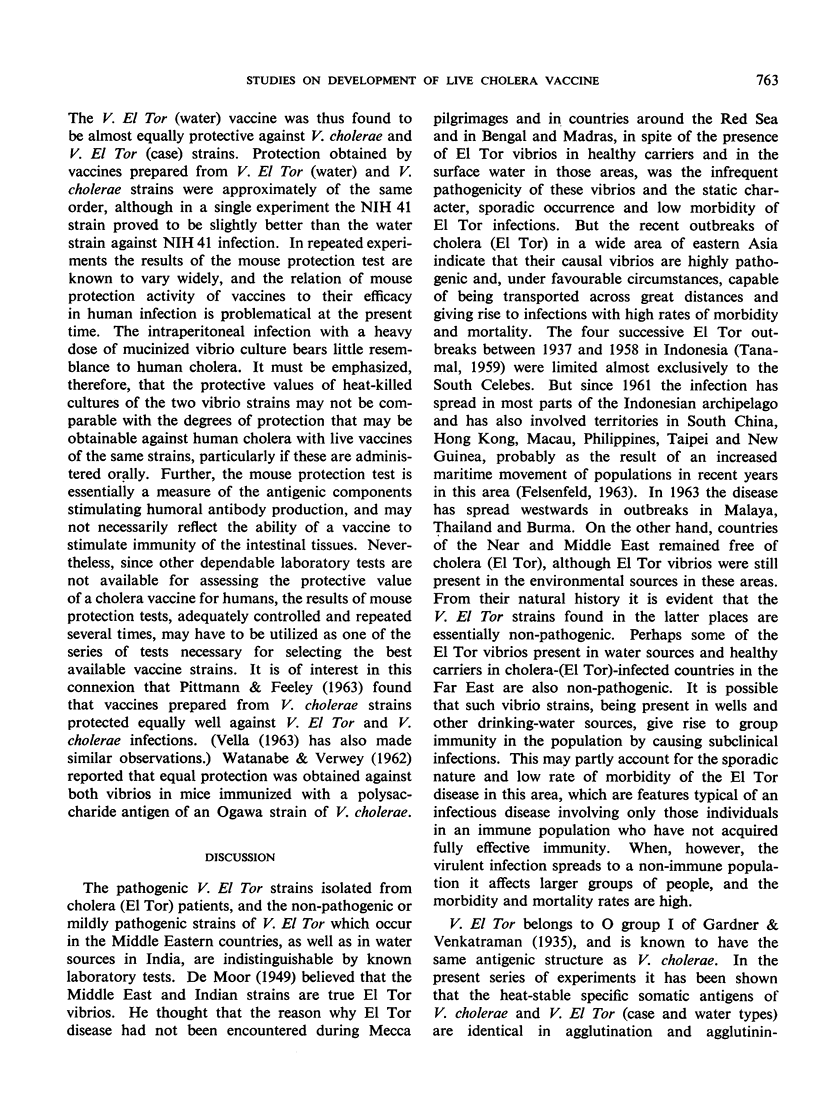
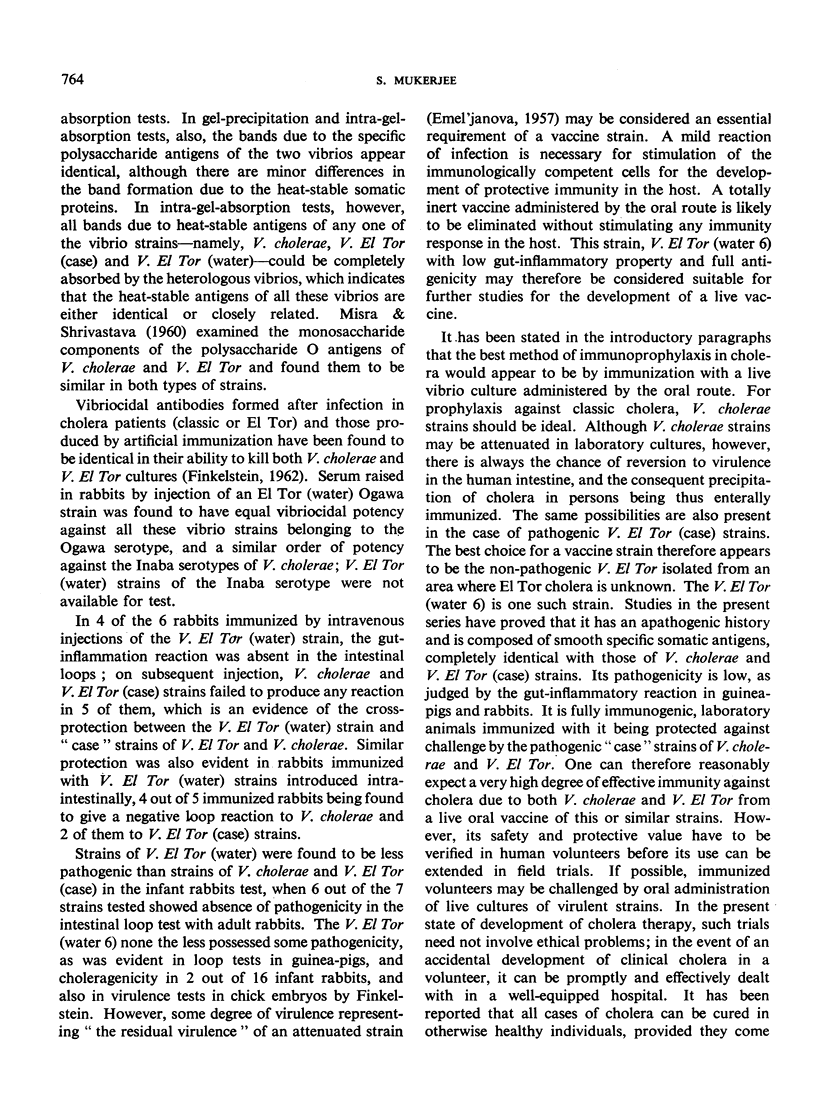
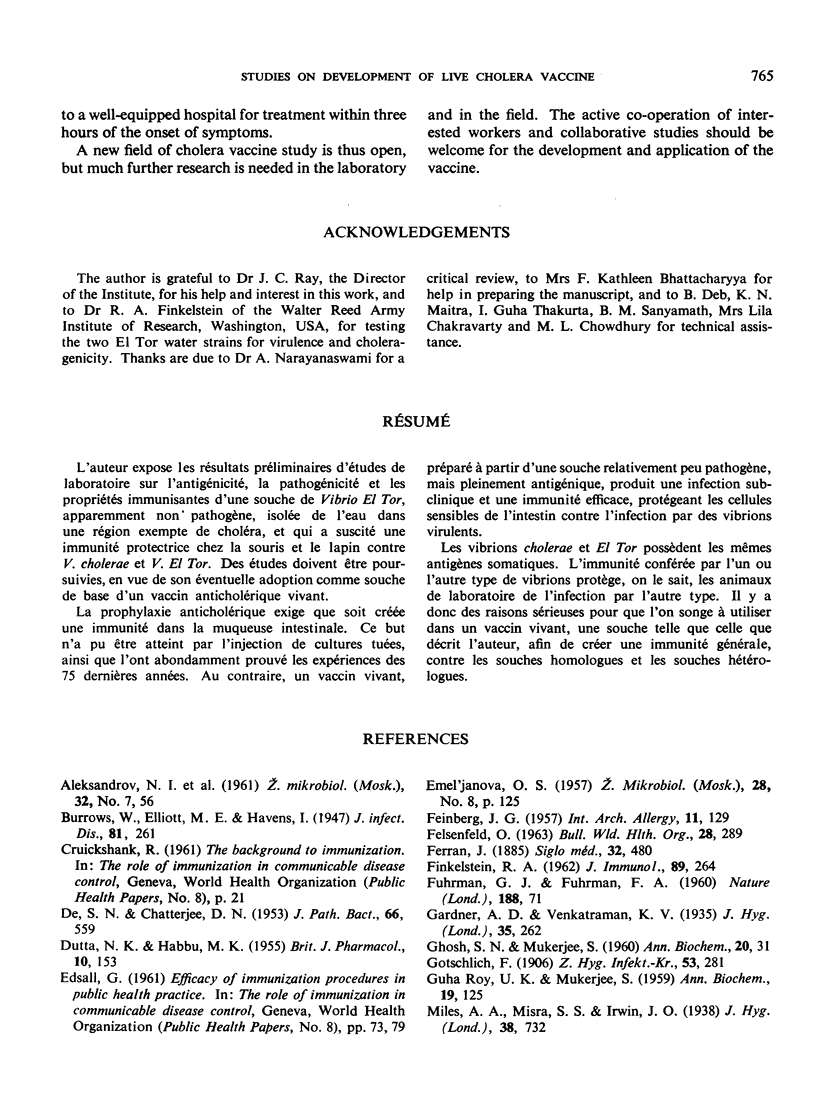
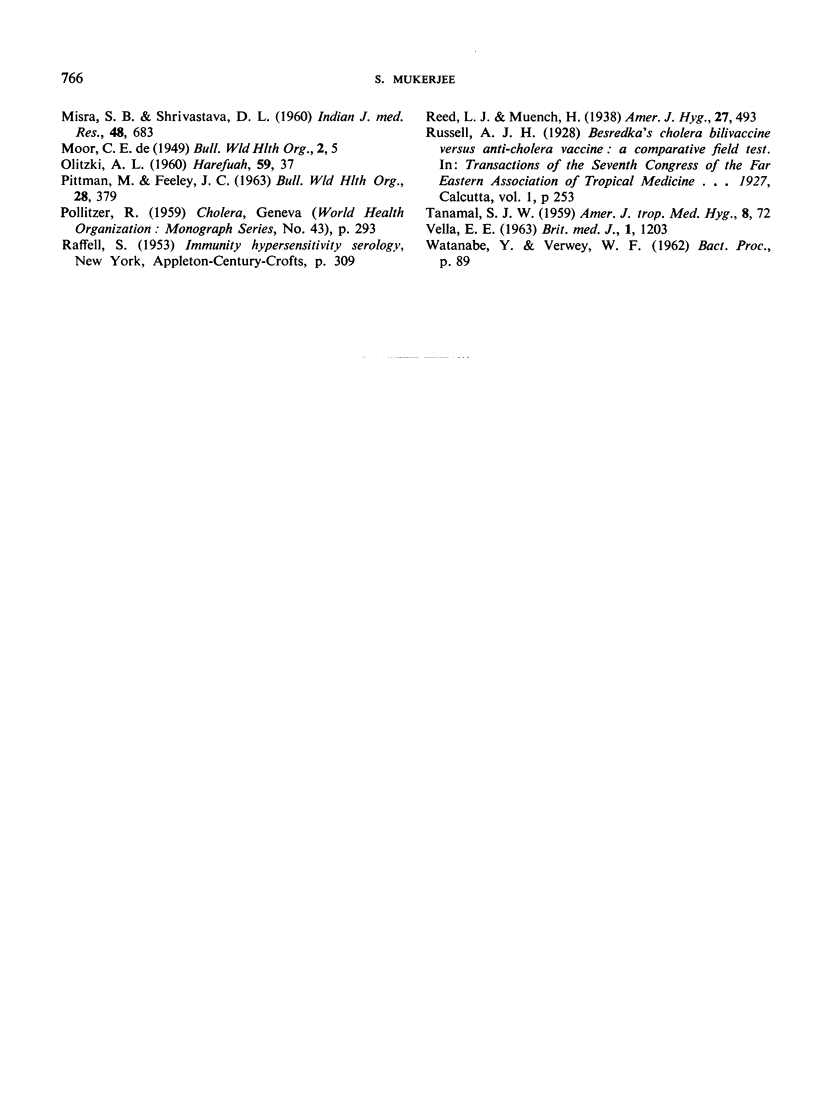
Images in this article
Selected References
These references are in PubMed. This may not be the complete list of references from this article.
- DE S. N., CHATTERJE D. N. An experimental study of the mechanism of action of Vibriod cholerae on the intestinal mucous membrane. J Pathol Bacteriol. 1953 Oct;66(2):559–562. doi: 10.1002/path.1700660228. [DOI] [PubMed] [Google Scholar]
- DUTTA N. K., HABBU M. K. Experimental cholera in infant rabbits: a method for chemotherapeutic investigation. Br J Pharmacol Chemother. 1955 Jun;10(2):153–159. doi: 10.1111/j.1476-5381.1955.tb00074.x. [DOI] [PMC free article] [PubMed] [Google Scholar]
- FEINBERG J. G. Identification, discrimination and quantification in Ouchterlony gel plates. Int Arch Allergy Appl Immunol. 1957;11(3-4):129–152. [PubMed] [Google Scholar]
- FELSENFELD O. Some observations on the cholera (E1 Tor) epidemic in 1961-62. Bull World Health Organ. 1963;28(3):289–296. [PMC free article] [PubMed] [Google Scholar]
- OLITZKI A. L. [Immunization of men by living attenuated brucellae]. Harefuah. 1960 Jul 15;59:37–38. [PubMed] [Google Scholar]
- PITTMAN M., FEELEY J. C. Protective activity of cholera vaccines against E1 Tor cholera vibrios. Bull World Health Organ. 1963;28(3):379–383. [PMC free article] [PubMed] [Google Scholar]
- TANAMAL S. T. Notes on paracholera in Sulawesi (Celebes). Am J Trop Med Hyg. 1959 Jan;8(1):72–78. doi: 10.4269/ajtmh.1959.8.72. [DOI] [PubMed] [Google Scholar]
- VELLA E. E. Cholera vaccines and the E1 Tor vibrio. Br Med J. 1963 May 4;1(5339):1203–1207. doi: 10.1136/bmj.1.5339.1203. [DOI] [PMC free article] [PubMed] [Google Scholar]




